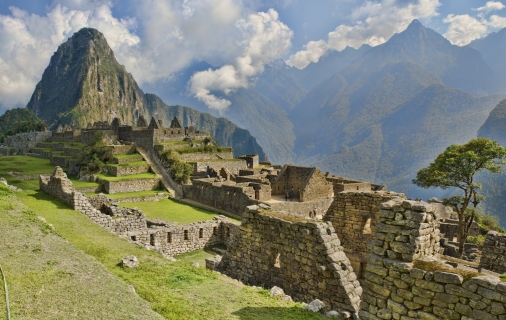Huancayo Rainfall & Precipitation: Monthly Averages and Year-Round Insights
This page shows both the average monthly rainfall and the number of rainy days in Huancayo, Junín, Peru. Long-term data from 1990 to 2020 was used to calculate these averages. Now, let’s explore all the details to give you a full picture.
Huancayo is known for its substantial rain/snowfall, with annual precipitation reaching 1654 mm.
Monthly Precipitation Levels
The average number of days each month with precipitation (> 0.2 mm)
The climate in Huancayo shows significant variation throughout the year. Expect 271 mm of precipitation during the wettest month February, distributed over 22 rainy days.
In contrast, June offers drier and sunnier days, with around 33 mm of rainfall over 2 rainy days.February, the wettest month, has a maximum daytime temperature of 14°C. During the driest month June you can expect a temperature of 13°C. For more detailed insights into the city’s temperatures, visit our Huancayo Temperature page.
Annual Precipitation in Peru
The map below shows the annual precipitation across Peru. You can also select the different months in case you are interested in a specific month.
 heavy rainfall
heavy rainfall
 high
high
 moderate
moderate
 low
low
 almost none
almost none
Amsterdam Precipitation Compared World Wide
Huancayo’s average annual precipitation is 1654 mm. Let’s compare this to some popular worldwide tourist destinations:
New York City, USA, receives 1276 mm of rainfall annually, with precipitation evenly distributed throughout the year.
Osaka, Japan, experiences 1507 mm of rainfall annually, spread across the year with wetter summers.
Melbourne, Australia, has 690 mm of rainfall annually, spread fairly evenly throughout the year.
Singapore, situated near the equator, gets 2581 mm of rainfall annually, with no distinct dry season and consistent monthly precipitation.
How is Precipitation Measured?
Precipitation amounts are measured using specific gauges installed at weather stations, collecting both rain and snow and any other type of precipitation. Rainfall is measured directly in millimeters, while that from snow and ice is obtained by melting it. Automated systems often incorporate heaters to make this easier.
Information from these stations is transmitted via Wi-Fi, satellite, GPS, or telephone connections to central monitoring networks. This information is immediately updated and integrated into weather models and forecasts.
Global Precipitation Patterns
Tropical Rainforests: In tropical regions, rainfall is generally abundant year-round. Areas near the equator, like the Amazon rainforest, can receive up to 3000 mm of rain annually.
Desert Regions: Deserts such as the Sahara and Arabian deserts typically see less than 250 mm of rainfall annually. Rainfall tends to be infrequent, but when it does occur, it is often intense.
Temperate Zones: In temperate regions, precipitation tends to be more evenly distributed, though areas closer to the ocean may see more rain in the winter months, and areas further inland experience drier summers.
Polar Regions: Precipitation in polar regions, like Antarctica, is extremely low, often falling as snow. Average annual precipitation in Antarctica is less than 200 mm, with some areas receiving as little as 50 mm annually.
For more detailed information about Huancayo’s weather, including sunshine hours, humidity levels, and temperature data, visit our Huancayo Climate page.
Current rainfall in Huancayo










